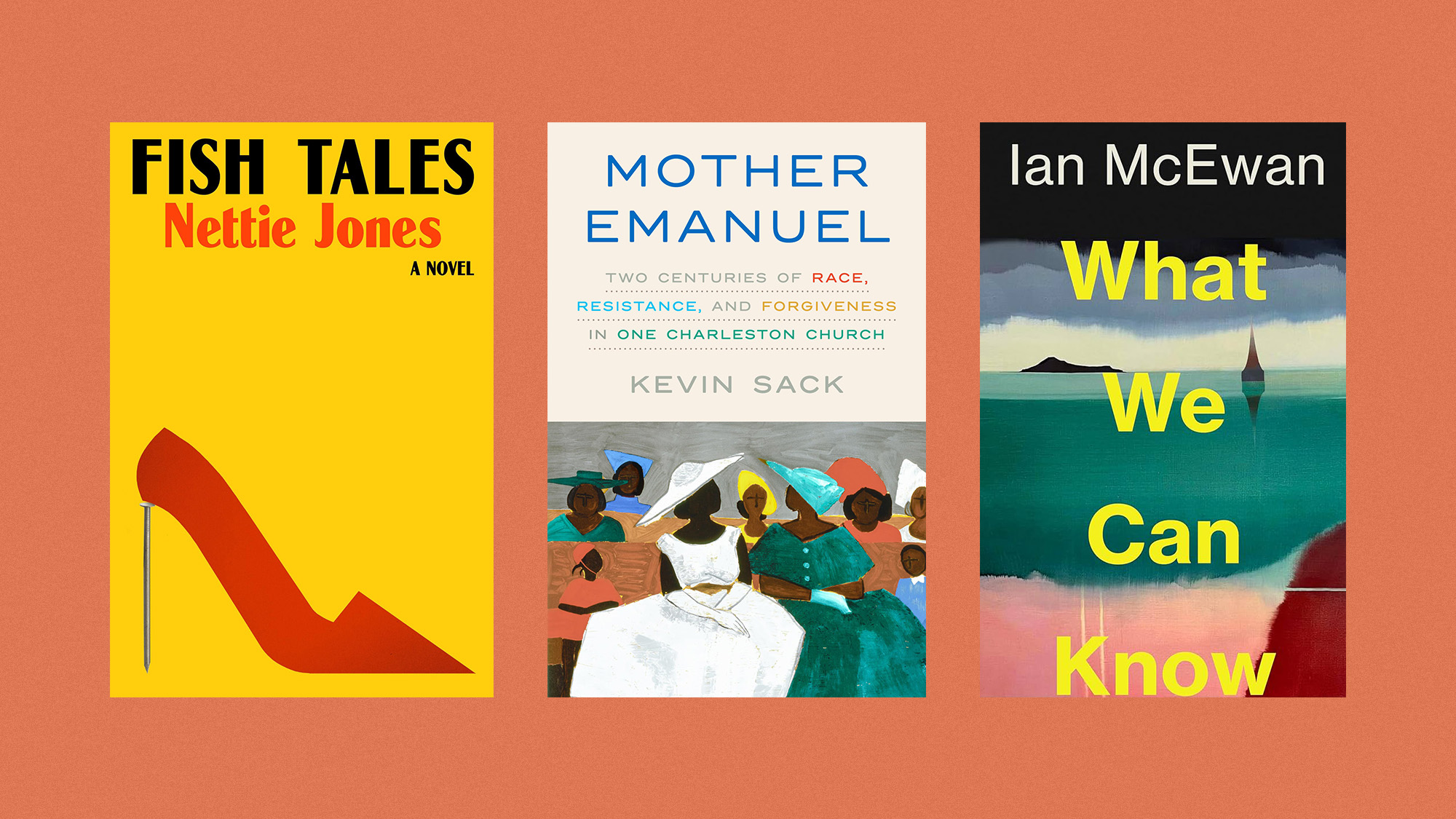11 essential cooking skills I learned purely by watching countless hours of Chopped
Who needs culinary school when you have a television?

Many Food Network purists complain that the channel used to be about actual cooking — and now it's just silly "food-themed reality" shows like Chopped.
But the thing about Chopped — the very first episode of which aired 10 years ago this month — is that if you pay attention, this show's mystery ingredients and overly-critical judges can actually teach you a ton about cooking. Sure, the show is incredibly dramatic — its over-the-top, swelling music rivals the Gladiator soundtrack and the chefs' tragic backstories are often straight out of a Lifetime movie. But it's absolutely educational, too.
If you're unfamiliar with Chopped, the premise is pretty simple: Four chefs compete for a chance to win $10,000. They usually use this money to rebuild their restaurant that burned down or take their spouse on the honeymoon they could never afford. Sometimes they don't care about the money at all and just want to rub the win in their unsupportive dad's face.
The Week
Escape your echo chamber. Get the facts behind the news, plus analysis from multiple perspectives.

Sign up for The Week's Free Newsletters
From our morning news briefing to a weekly Good News Newsletter, get the best of The Week delivered directly to your inbox.
From our morning news briefing to a weekly Good News Newsletter, get the best of The Week delivered directly to your inbox.
There are three rounds, and at the beginning of each round, the chefs are presented with a "mystery basket" containing four secret ingredients they must incorporate into their dish. These ingredients could range from gummy spiders to caviar to literal bull testicles. It's always a wild ride.
Because Chopped is so entertaining and the mystery basket gimmick never seems to get old, I've watched hundreds of episodes of this show over the years — and I firmly believe doing so has helped me become a better home cook. And so, to celebrate the 10th anniversary of one of the greatest food shows of all time, here are some of the many lessons it's taught me about cooking.
1. Balancing flavors is crucial to creating a successful dish
The judges always look for a balance of sweetness, saltiness, bitterness, and acidity, so now I think much more critically about balancing those flavors in my own cooking. If you've got a particularly rich dish, a pop of acid — like a generous squeeze of lemon or lime — can keep it from feeling too heavy. My salads are on point now that I know my vinaigrette needs lemon juice or vinegar for acidity and honey or maple syrup for sweetness.
A free daily email with the biggest news stories of the day – and the best features from TheWeek.com
2. Presentation matters
One of the main criteria on Chopped is presentation (along with taste and creativity), so the judges are always commenting on how the visual appeal of a dish affects the overall experience. The easiest way to make your dishes beautiful is to pay attention to color. If I'm making chicken, potatoes, and rice, I always try to include a green vegetable or fresh herb to avoid beige overload.
3. But you should also plate for functionality
If you need to cut something with a knife and fork, for example, don't put it in a bowl, and if there's ice cream in the mix, avoid a big plate. The plating should ensure that everyone can easily eat the food. You definitely don't want to get a critique like this:

4. Heat up your pan and then add your cooking fat so it doesn't burn
The chefs will often explain what they're doing as they go, and this is something they repeat often. This helps make sure you get a good sear on your food, because meat added to a cold pan won't get that nice browning you want.
5. Don't crowd your pan
This is a mistake the contestants often make because they're in a rush, and the judges like to call them on it. If you put too much food into the pan, the heat gets trapped underneath it and creates steam. This means the food will get mushy instead of browned and caramelized. Use multiple pans or cook in batches.
6. Always babysit your nuts when you're toasting them
There's a very common principle on Chopped that I like to call Chekhov's Nuts. Basically, if you see a contestant grab nuts before the commercial break, he will burn them after the commercial break. As someone who toasts lots of expensive pine nuts for pesto, I've learned that it's always worth the extra minute to keep a close eye on nuts to ensure they're perfectly browned.
7. Season your food and taste as you go, not just at the end
The Chopped judges care a LOT about seasoning, which is basically just a fancy way of talking about salt. It's important to add salt (along with other flavors — like umami!) little by little as you go, and taste each step of the way to make sure you've added enough. Don't do what I used to do and just dump some salt on top at the end.
8. If you burn something, wash the pan thoroughly or use a new pan
Even the pros burn food occasionally, but if you keep using the same pan, that burnt, acrid taste will linger — causing the judges to get all huffy, scrunch up their faces, and condescendingly ask, "Have you tasted this?" The best Chopped contestants act quickly and usually just grab a new pan. (Chopped contestants, of course, don't have to worry about doing dishes.)
9. Pay attention to textures!
The best dishes on Chopped always include a "textural element" that provides some crunch and contrast, so now I always try to include toasted nuts or seeds (don't burn them — see above), something fried, or a raw fruit or vegetable for some snap and crunch.
10. Always toast your tortillas
Some of the Chopped judges get very upset if you serve a taco in a raw tortilla, and now I get upset about it too. Heating the tortilla up in a skillet or directly over the flame adds textural contrast (see above!) and gets rid of the raw, floury taste.
11. No matter what you do, never, ever forget your wontons

Samantha Grossman is a freelance writer, editor, and content strategist based in Brooklyn, New York. A graduate of Northwestern University, she has worked on staff at TIME magazine and The Dodo, but her most important job is being the mother of a beautiful corgi named Simon.
-
 Received a gift card this holiday season? Here’s how to maximize it.
Received a gift card this holiday season? Here’s how to maximize it.The Explainer Make the most of your present
-
 ‘Lumpy skin’ protests intensify across France as farmers fight cull
‘Lumpy skin’ protests intensify across France as farmers fight cullIN THE SPOTLIGHT A bovine outbreak coupled with ongoing governmental frustrations is causing major problems for French civil society
-
 The best books of 2025
The best books of 2025The Week Recommends A deep dive into the site of a mass shooting, a new release from the author of ‘Atonement’ and more
